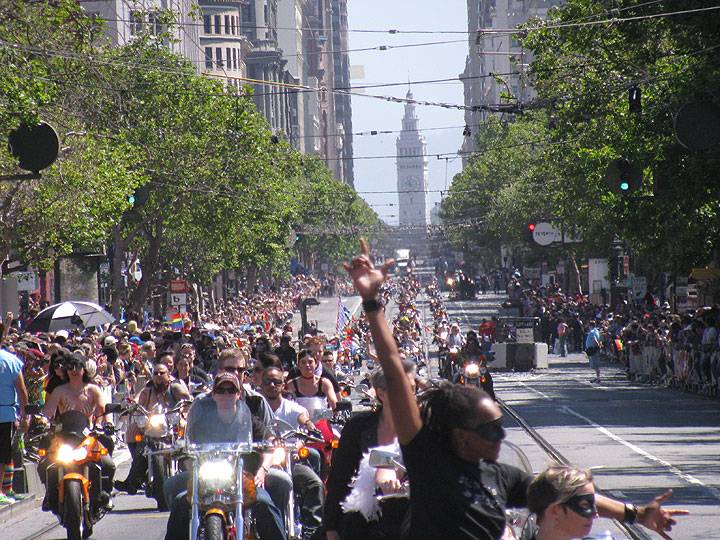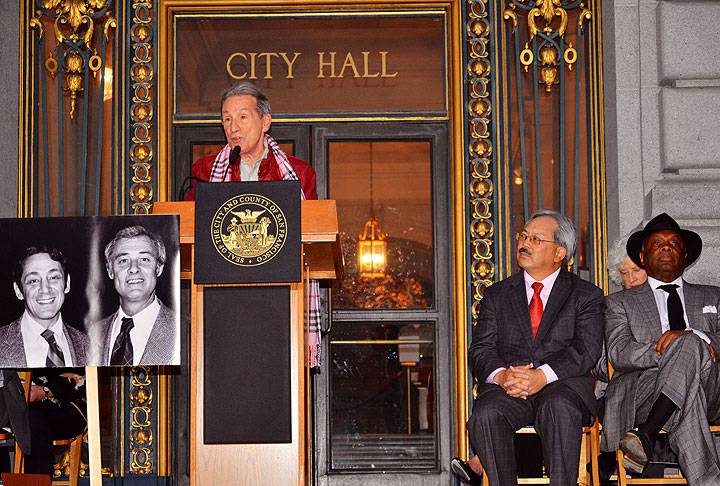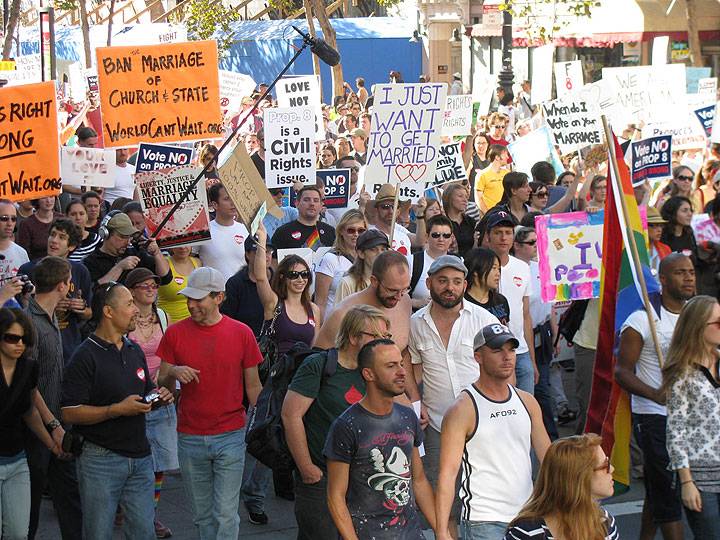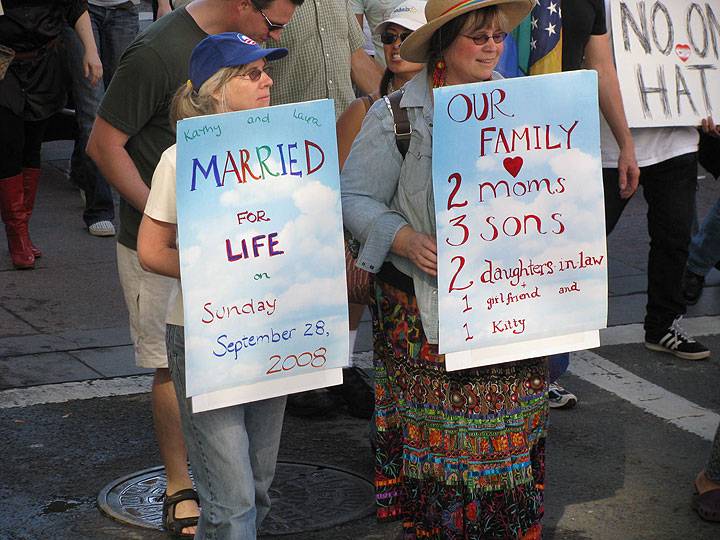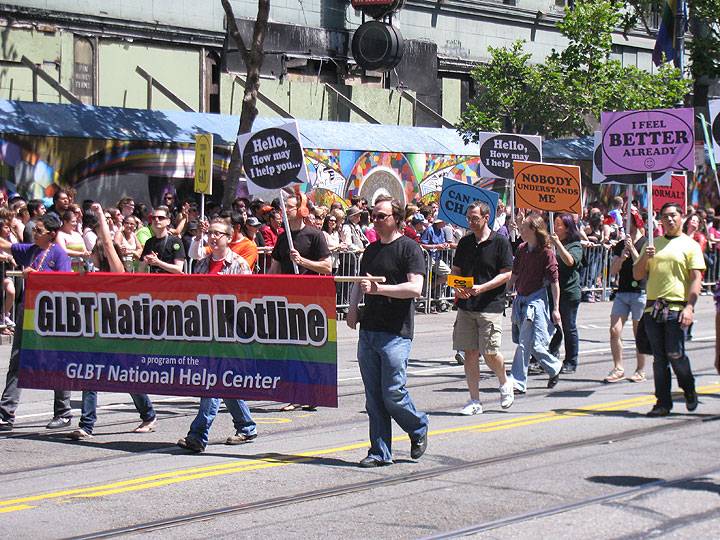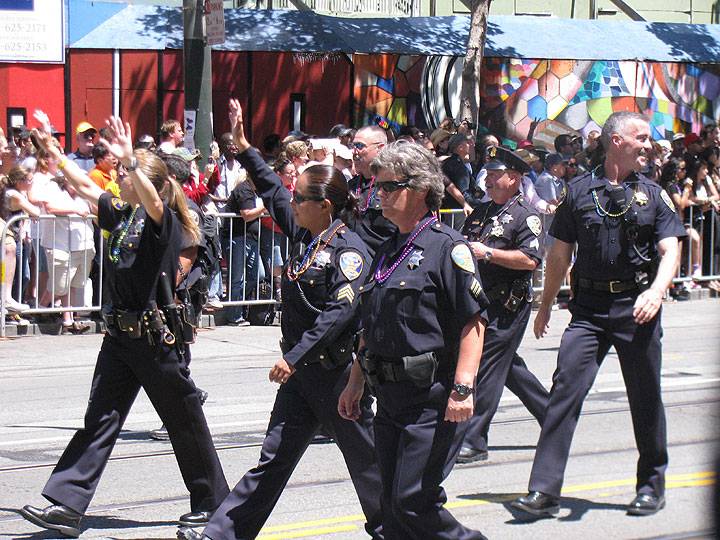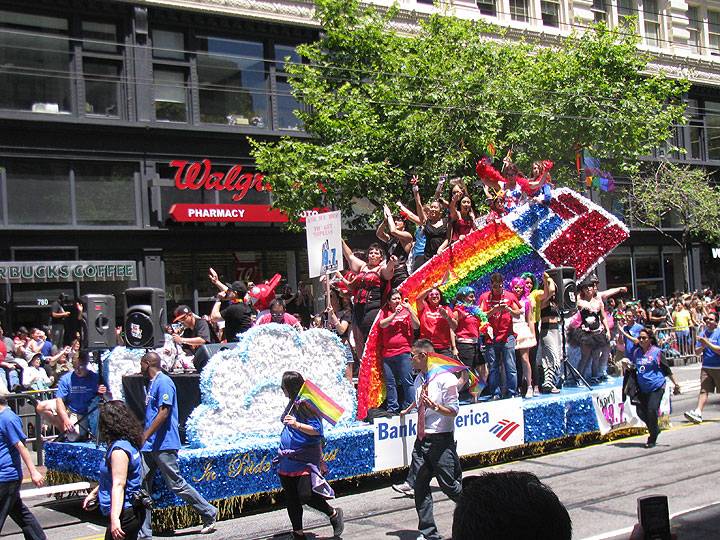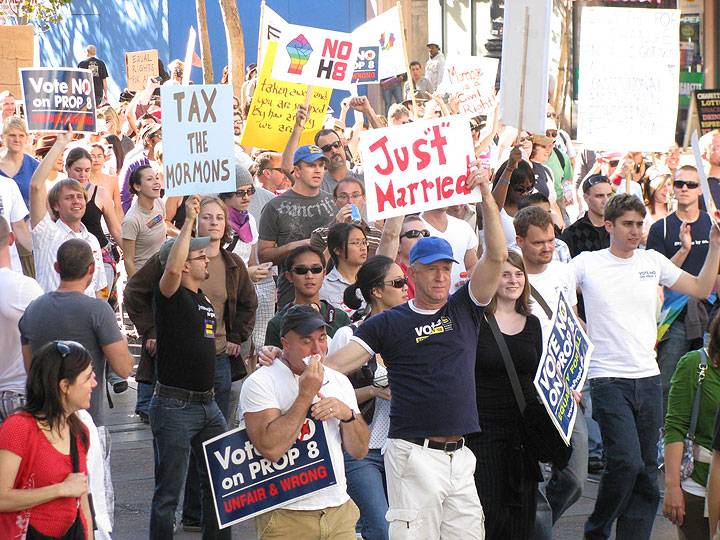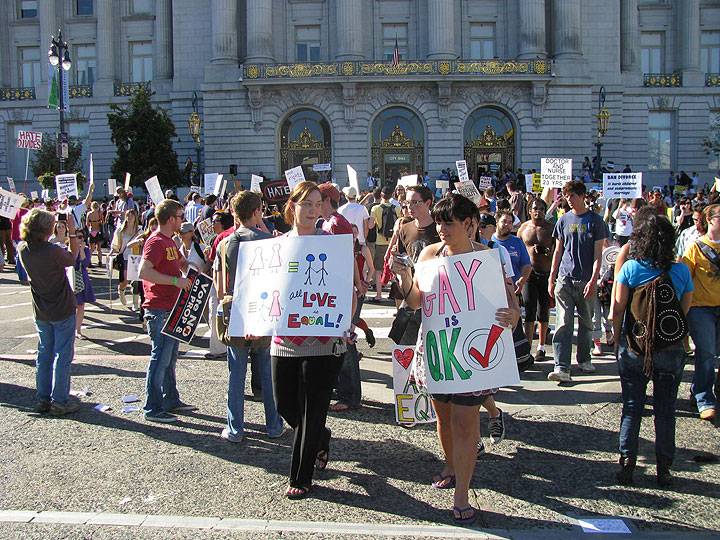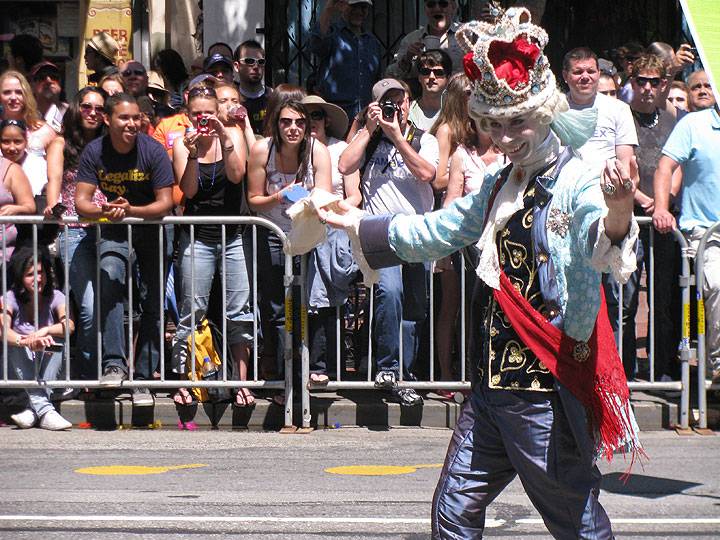Queerly Shifting Affinities: Difference between revisions
No edit summary |
m (Text replacement - "category:Gay and Lesbian" to "category:LGBTQI") |
||
| Line 124: | Line 124: | ||
[[Image:The-political-edge.jpg|left]] published originally as "Queerly Shifting Affinities: Notes on the Ever-Diversifying Queer Political Classes in San Francisco, the Gayest Little City in the World" in [http://www.citylights.com/book/?GCOI=87286100341720 ''The Political Edge''] ed. Chris Carlsson (City Lights Foundation: 2004) | [[Image:The-political-edge.jpg|left]] published originally as "Queerly Shifting Affinities: Notes on the Ever-Diversifying Queer Political Classes in San Francisco, the Gayest Little City in the World" in [http://www.citylights.com/book/?GCOI=87286100341720 ''The Political Edge''] ed. Chris Carlsson (City Lights Foundation: 2004) | ||
[[category: | [[category:LGBTQI]] [[category:2000s]] [[category:Power and Money]] | ||
Revision as of 07:09, 16 October 2018
Historical Essay
by Keith Hennessy
Dykes on Bikes has led the annual Pride March for many years, a tradition that still holds today (seen here in 2011).
Photo: Chris Carlsson
Tom Ammiano, Ed Lee, and Willie Brown at George Moscone and Harvey Milk memorial at San Francisco City Hall, November 27, 2012.
Photo: Steve Rhodes
Tom Ammiano is as queer as a $3 bill. He flames. There are homophobes, and others who fear difference, who couldn’t get past Ammiano’s voice. The rest of us would have been proud to have him as mayor, partly because of that queer voice. But he’s a tough sell, especially to the wannabe upper classes. They are terrified of losing unearned privileges to the policies of an unapologetic leftist and community-based politician. Resistance to Ammiano among many well-employed and propertied homos is rooted in a messy fusion of internalized homophobia and neocon class terror. Ammiano’s “voice” outed all who identified with it, linking us proudly to San Francisco’s history of radical sexual politics and progressive socio-political agendas.
A veteran of gay comedy (and public classrooms), Ammiano always begins his speeches with a joke, often a silly sexual innuendo. He flaunts himself as a sexual libertine but not as actively sexual. In contrast, Willie Brown is a ladies’ man, doubly more masculine than Ammiano because he’s not only hetero but also dating in public. Brown flaunted being a bachelor. A smart dresser with a big budget for stylish suits and hats, Brown could easily mix with financial district executives, opera house socialites, and leaders in African-American communities. With a girlfriend by his side, we might imagine that he’s got an active sex life, something we don’t assume for most politicians, many of whom struggle to appear happily married. Virility gets votes. Unfortunately, even the toughest nelly isn’t perceived as virile. In a homophobic culture we miss the courage, wisdom, and power in a queer queen’s wit.
If San Francisco had a more sizable black community, and if Brown was an identified member or ally of that community, he would never have been elected mayor of San Francisco. White fear of black power is too massive (yes even in Subaru-liberal San Francisco). Fortunately for Brown, a cruel history of city planning, gentrification, and police harassment had reduced the African-American population by 40% since the 1970s, making San Francisco safe for a black mayor. During Brown’s tenure as mayor this steady population decline continued, despite the economic boom which marked his first few years, and despite the number of people of color appointed by Brown to manage city bureaucracies.
Black and queer male sexualities are projections of a mainstream culture heavily invested in racism and (hetero)sexism. Usually they are found at opposite ends of the male sexuality continuum, framing the idealized masculinity of the middle-class, white, married man. This ideal is sporty yet tame, neither too macho nor too effeminate. In four short years the mayor’s contest went from the sexual margins, Black King against White Queen, to Gavin Newsom’s election, which marked a return of the chief’s job to the sexual center.
In the 2003 mayoral race between Gonzalez and Newsom, the attractiveness of the candidates inspired media stories, volunteer recruitment, citywide gossip, and even real votes. Regardless of their class, political, ethnic and marriage status differences, there seemed to be a similarity in how they were viewed sexually. According to the press and to my own informal surveys, both men were attractive not only to San Francisco’s legendary underclass of ”poor” single women (“Woe is me, all the good men in SF are gay!”) but to gay and bi men as well. It didn’t matter that the rest of us thought they both needed serious hair, body, and wardrobe makeovers, because that meant we were still talking about what they looked like! Up against these post-gay metrosexuals, Ammiano’s gayness seemed almost quaint, passé, and definitely not sexy. It’s beyond me that anyone of any sexual preference could waste a minute on the sexy quotient of these guys—but I haven’t considered any politician to be sexy since Trudeaumania swept my homeland in 1968. (Pierre Trudeau was a young, single, artsy, bilingual intellectual who always wore a rose and promised to keep Canada from dividing into two nations—and I was eight years old!)
After the 1999 election in which Ammiano galvanized a progressive voter movement but didn’t succeed in toppling the Brown regime, many of us, including Ammiano, assumed that the following four years would be one long campaign to “take back San Francisco” and elect Tom as mayor. Of course, Brown, the corporate media, and many of San Francisco’s richest citizens spent every day of those four years humiliating and marginalizing Ammiano, who not only went on his own divisive offensive but got caught in the compromises of building consensus—something he didn’t do in his short, fiery campaign. I was one of many who felt like the next election ought to put Tom Ammiano in the mayor’s office but what seemed like an obvious outcome became more and more unlikely.
Gay Shame, a Virus in the System
It is a global consensus that San Francisco is the gayest city in the world, even if Stonewall & ACT UP are phenomena of New York City, gay marriages happened in Europe first, and Sydney’s Mardi Gras might be more fabulous. Nonetheless, San Francisco’s biggest public event is the annual Lesbian, Gay, Bisexual and Transgender (LGBT) Pride Parade and San Francisco is known around the world for its queer pride, culture, and politics. LGBT people can be found in all the major corporations headquartered here and City Hall has not been without queer representation since the landmark victory of Harvey Milk, our most famous martyr.
Tension between radical and reformist queers is older than recorded gay history. A visible chasm seemed to open up during the AIDS years between the multi-issue, poly-gendered, anarchist-inspired politics of Queer Nation and the more established gay and lesbian organizations and politicians. Assimilation of radical currents into the mainstream is an ongoing process. In recent years a new post-gay radicalism has emerged to challenge assimilationist tendencies in queer culture and activism. Fusing anarcho-class war tactics with camp fabulousness and sexual liberationist ethics, Gay Shame made a splash challenging Gavin Newsom’s war on homeless people, that is, Care Not Cash, when he first proposed it as a member of the Board of Supervisors in 2002. The rise of Newsom’s visibility was met with increasing resistance from, and therefore visibility of, Gay Shame. Their actions, which call for participants “to dress to terrifying excess” have included genderfuck, trash fashion shows outside Newsom’s properties (do millionaires have homes or just properties?), interventions to the Pride Parade protesting corporate sponsorships, and postering the city with the Right to Have Sex in All Bars. Just when we thought that all the freaks and innovators had left town due to the rising costs and decreasing joy of everything, Gay Shame proves that San Francisco continues to evolve lineages of artist-activist provocateurs.
When some anti-Ammiano LGBT citizens hosted a fundraiser for Newsom at our new center (that’s the LGBT Center to non-queer people), Gay Shame showed up to protest. The cops instigated a police riot, violently attacking unarmed queer activists, resulting in hospitalizations, a dislocated shoulder, and broken teeth. In their own way Gay Shame had already ”declared war” on Newsom (and the state), but this was an unjustifiably brutal response from the city. Responses in the queer community revealed strong ambivalence not only to Gay Shame but also to “politically correct” or “street activist” queers. The lack of solidarity revealed the lack of queer consensus in the upcoming mayoral elections . . . and Gonzalez had not yet entered the race.
Pro-gay marriage march on Market Street, November 2007.
Photo: Chris Carlsson
Further Political Divides within Queer and Progressive Constituencies
We had advance notice that all was not consensual in the Castro-centered queer political scene. In the 2002 District 8 election for Board of Supervisors (representing the Castro and Noe Valley), Bevan Dufty, the favored candidate of Willie Brown and a supposedly deteriorating Democratic Party machine, defeated two progressives, Tom Radulovich and Eileen Hanson. All of the candidates were queer (only in the Castro!) so the election was won and lost on the politics and affinities of class and gender. Hanson, Radulovich, and their friends, advisers and funders failed to predict that they would split the Left/progressive vote. Their political shortsightedness lost the opportunity to build the anti-Brown, anti–big money solidarity on the board. I think Radulovich should have stepped down and helped to elect Hanson, a dedicated activist and uncompromising critic, to a board that has only one woman. But he didn’t (and neither did she) and they split the vote. Dufty won and queer solidarity in LGBT San Francisco seemed weaker than ever.
Before Gonzalez had entered the race there was already discontent about Ammiano at both ends of the queer political Right/Left spectrum. This surprised me. I had expected everyone from Republican queers to the Alice B. Toklas Democratic Club and even the NIMBY clean queens (the ones who tear down club and performance posters, resist queer youth shelters, and try to illegalize panhandling) to oppose Ammiano. But I hadn’t anticipated San Francisco’s more dedicated street and community-based activists abandoning Ammiano, especially when it was clear that Newsom’s campaign was growing in dollars and influence. I could smell the shift but I couldn’t pinpoint it. A couple of months before Gonzalez entered the race I encountered him at a juice joint in the lower Haight. While waiting for his two shots of wheat grass he asked me what I thought of Ammiano and his chances at beating Newsom. I shared with him my queasy and confused prediction that even though I had expected everybody I knew to enthusiastically back Ammiano, maybe it was too late, that he no longer had the mass community support he would need to inspire his campaign. I assume that many others must have similarly answered this question because two months later, Gonzalez was running for mayor against Newsom. With the backing of board progressives, he declared that he was the only hope to beat Newsom.
Gonzalez garnered grassroots support from many communities within the queer political spectrum. Queers previously affiliated with Ammiano, including liberal progressives and direct-action radicals, joined the Gonzalez campaign while Ammiano was still in the race. Ammiano’s affiliation to the Democratic Party was a nonissue when all candidates were Dems but suddenly it seemed hopelessly pre-Seattle, last-millennium-stale compared to Gonzalez’s risky and passionate switch to the more visionary yet marginal Green Party. The Gonzalez campaign mirrored and then exceeded the thrill of Ammiano’s movement-building campaign four years earlier. In the final month of runoff there were house parties for Gonzalez touching many queer constituencies and subcultures. In reaction to both Bush and the recent win of Schwarzenegger, Gonzalez supporters sought to differentiate San Francisco from right-wing corporate apologists.
There is a relatively new phenomenon that I call the Burning Man factor,” which is having a significant influence on Bay Area (and beyond) art, culture, and now—maybe—politics. The Gonzalez mayoral campaign benefited directly from the e-mail network and affinity group subculture of Burning Man, an annual, noncommercial, desert art fest and gathering that attracts over 25,000 people from around the globe (yet the majority of whom come from the Bay Area). Gonzalez, by age, subculture, and neighborhood (lower Haight), matches the Burning Man demographic. The late summer “Burning Man” gathering is one of several emerging strains of alternative culture that helped to fuel Gonzalez’s fall campaign.
Despite the thrill and the promise of something completely different, there were Ammiano supporters who felt betrayed by Gonzalez and his supporters. They accused the Gonzalez campaign of homophobic and secretive tactics, which undermined public confidence in Ammiano. Although these core Ammiano people were willing to be quiet in their objections, participating in a progressive/Left unity against Newsom, most refused to participate in the Gonzalez campaign during the runoff. Ammiano disappeared for a couple of key weeks during the runoff and delayed endorsing Gonzalez until after rumors of conflict and mistrust had spread widely. This feeling of broken trust, although it peaked during the election, continues to divide some queer and progressive activists.
Married couple at 2007 pro-gay marriage march on Market Street.
Photo: Chris Carlsson
Newsom, Queer Basher or Gay Superhero?
When Gavin printed out real wedding licenses in April 2004 he instantly became an internationally famous gay activist. I overheard and read about gay men declaring that they would support Newsom for the rest of their lives, which is pretty scary, considering Newsom’s youth and ambition. It was a shrewd move, but this adopted son of the ruling class didn’t care about queer people, any more than he cared about homeless people. His “compassion” is not distinct from either his political ambition or the assumptions of his class and community.
Many would agree that Newsom’s marriage action was an attempt to win support from the nearly 50% of San Francisco voters who had supported Gonzalez. I don’t think Newsom was going for the Gonzalez “people,” most of whom did not have gay marriage high on their priority list. Nonetheless, Newsom had been exposed by the Gonzalez campaign as a conservative lacking compassion and he needed to regain some of San Francisco’s socially liberal center.
Spending time with my boyfriend on Valentine’s Day outside City Hall among at least 1,000 homos wanting to get legally married, it was odd that I only knew one person in line. The vast majority of the wedding crowd were neither street activists nor campaign volunteers. The cars of the couples doing victory laps included new SUVs, a Jag, a BMW sports car, and other fancy new cars. These were mostly well-employed, comfortable Americans who happen to be queer. There was an element of subversion and historic justice to the proceedings but it was not a radical crowd by any means. Still, it was euphoric. We also waited in line for an hour or so the next day, Sunday, before being turned away again. I heard that the lines Monday were the longest of the whole weekend, in the rain!
At worst, the whole thing was a stunt without legal spine, not dissimilar to the “Care Not Cash” initiative: a wild and probably illegal, or legally inconsequential, move that galvanizes a particular aspiring and security-obsessed constituency. The queerness of this constituency is much less a rallying point of solidarity than their desire for the right to make money. Newsom’s advisers knew that the opposition to gay marriage by right-wing Republicans and religious extremists did not represent significant votes or funds in San Francisco. The opposition to cutting homeless welfare checks by over 80% also lacked electoral power, in spite of its vocal visibility. With both of these political stunts, Newsom’s team displayed a crafty ability to manipulate public symbols—much more strategically important to Newsom than long-term change.
A Downward Spiral Before the Next Uprising
We’ll never know what would have happened if Gonzalez had stayed out of the race and if all the progressives on the Board of Supervisors had backed Ammiano. We do know that the once-upon-a-time inevitable trajectory toward a progressive gay mayor, which began with Harvey Milk’s election in 1977, was now on hold. The lineage of progressive gay politicians on San Francisco’s Board of Supervisors will end, at least temporarily, when Ammiano’s term is complete.
GLBT National Hotline contingent at the 2011 Pride March.
Photo: Chris Carlsson
San Francisco police officers march in Gay Pride parade, 2011.
Photo: Chris Carlsson
Bank of America float at Gay Pride March, June 2011.
Photo: Chris Carlsson
Public “queerness” is defined these days by consumer queers on network TV teaching the world to conform, or at the other end of the spectrum by anti-assimilationist queers puking in the streets about corporate sponsorship. Queer visibility and engagement is both more pronounced and more nuanced than ever before. An entire generation is coming of age with many more options for political affinity, within and beyond queer cultures and identities. Our newest generation of sex and gender radicals suggest that San Francisco will continue to be a pioneering home for experiments in sexual and gender liberation, symbiotic to the city’s large minority of progressive, anarchist, and Left activists. Despite class and nationalist tensions, queer culture and politics have the potential to inform and inspire a politics of solidarity, sensitivity, pleasure, and justice. Whether this will result in a significant challenge to a politics of cuteness and comfort remains to be seen, especially within a context of increasing economic and psychological fear.
Pro-gay marriage demonstrators on Market Street, 2007.
Photo: Chris Carlsson
Gay marriage demonstrators at City Hall, 2007.
Photo: Chris Carlsson
Postscript
When straight folks marry, the license has no role in the ceremony. After the wedding, the couple retires to some back room and takes all of thirty seconds to sign a piece of paper that will live the rest of its life (until death or divorce) in a file or drawer. At City Hall on Valentine’s weekend 2004, each married couple would exit City Hall waving their blue-trimmed, officially stamped paper. Many couples posed for photos with their paper and others paraded around City Hall in cars (often with dogs or kids) holding their licenses up to the window. Traffic stopped. Horns blared. Bystanders cheered and cried. The magic of this moment will have political reverberations for years to come. Rarely has a municipal document carried such weight.
Seth Eisen and I never did get married—because we never got up early enough. We made an appointment but the state ended the joyride before our date arrived. Now, instead of being one of the 4,000 couples in limbo, we’re one of millions around the world whose partnership remains legally invisible.
Self-proclaimed royalty has a long history in San Francisco, and has been extended in the Gay culture regularly.
Photo: Chris Carlsson
published originally as "Queerly Shifting Affinities: Notes on the Ever-Diversifying Queer Political Classes in San Francisco, the Gayest Little City in the World" in The Political Edge ed. Chris Carlsson (City Lights Foundation: 2004)

